
Post-Quantum Zero-Knowledge Proofs for Accumulators with Applications to Ring Signatures from Symmetric-Key Primitives
In this paper we address the construction of privacy-friendly cryptographic primitives for the post-quantum era and in particular accumulators with zero-knowledge membership proofs and ring signatures. This is an important topic as it helps to protect the privacy of users...
Details
A Linearly Homomorphic Signature Scheme from Weaker Assumptions
In delegated computing, prominent in the context of cloud computing, guaranteeing both the correctness and authenticity of computations is of critical importance. Homomorphic signatures can be used as cryptographic solutions to this problem. In this paper we solve the...
Details
Practical Witness Encryption for Algebraic Languages Or How to Encrypt Under Groth-Sahai Proofs
Witness encryption (WE) is a recent powerful encryption paradigm, which allows to encrypt a message using the description of a hard problem (a word in an NP-language) and someone who knows a solution to this problem (a witness) is...
Details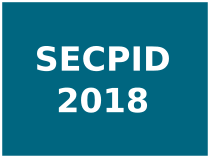
SECPID 2018 at ARES Conference 2018
The 3rd Workshop on Security, Privacy, and Identity Management in the Cloud Date: August 27, 2018 Place: Hamburg, Germany to be held in conjunction with the ARES EU Projects Symposium 2018, held at ARES 2018 PRISMACLOUD, its partner project CREDENTIAL, and the DPSP...
Details
Revisiting Proxy Re-Encryption: Forward Secrecy, Improved Security, and Applications
We revisit the notion of proxy re-encryption (PRE), an enhanced public-key encryption primitive envisioned by Blaze et al. (EUROCRYPT 1998) and formalized by Ateniese et al. (NDSS 2005). PRE allows to craft fine-granular re-encryption keys in order to equip...
Details
Short Double- and N-Times-Authentication-Preventing Signatures from ECDSA and More
Double-authentication-preventing signatures (DAPS) are signatures designed with the aim that signing two messages with an identical first part (called address) but different second parts (called payload) allows to publicly extract the secret signing key from two such signatures. A...
Details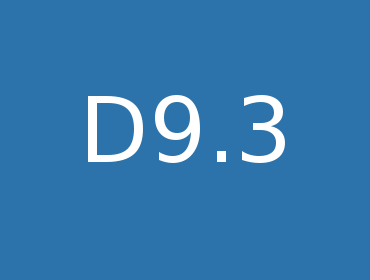
D9.3 Dissemination and exploitation report 2
This deliverable presents the dissemination, communication, and exploitation activities of the PRISMACLOUD project for the second reporting period, following the strategy described in D9.2 Dissemination and exploitation report 1. There are three main areas that PRISMACLOUD had put its focus...
Details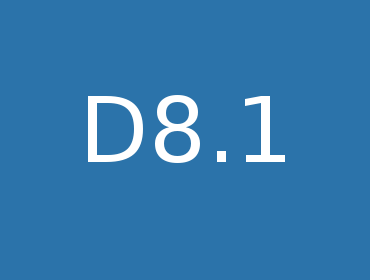
D8.1 Specification of test-bed configurations for validation phase
Nowadays, big companies and public authorities are reluctant to entrust their most sensitive data to external parties for storage and processing, due there are no satisfactory approaches to adequately protect the data during its lifetime in the cloud. PRISMACLOUD...
Details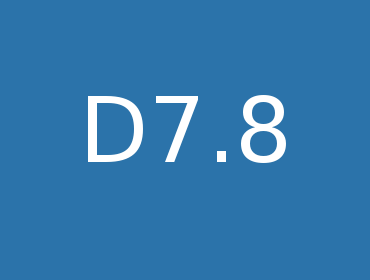
D7.8 First release of software modules for use case integration and validation
This report provides a second overview of the work done in the frame of task T7.4 - Software development of framework and components to realize use cases. This is the second report of the task, an iteration over deliverable...
Details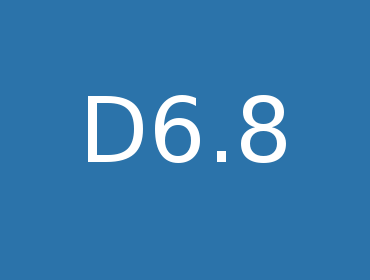
D6.8 Prototype of a secured device implementing crypto primitives
PRISMACLOUD aims at bringing novel cryptographic concepts and methods to practical application to improve the security and privacy of cloud based services and makes them usable for providers and users. The purpose of this report is to serve as an...
Details